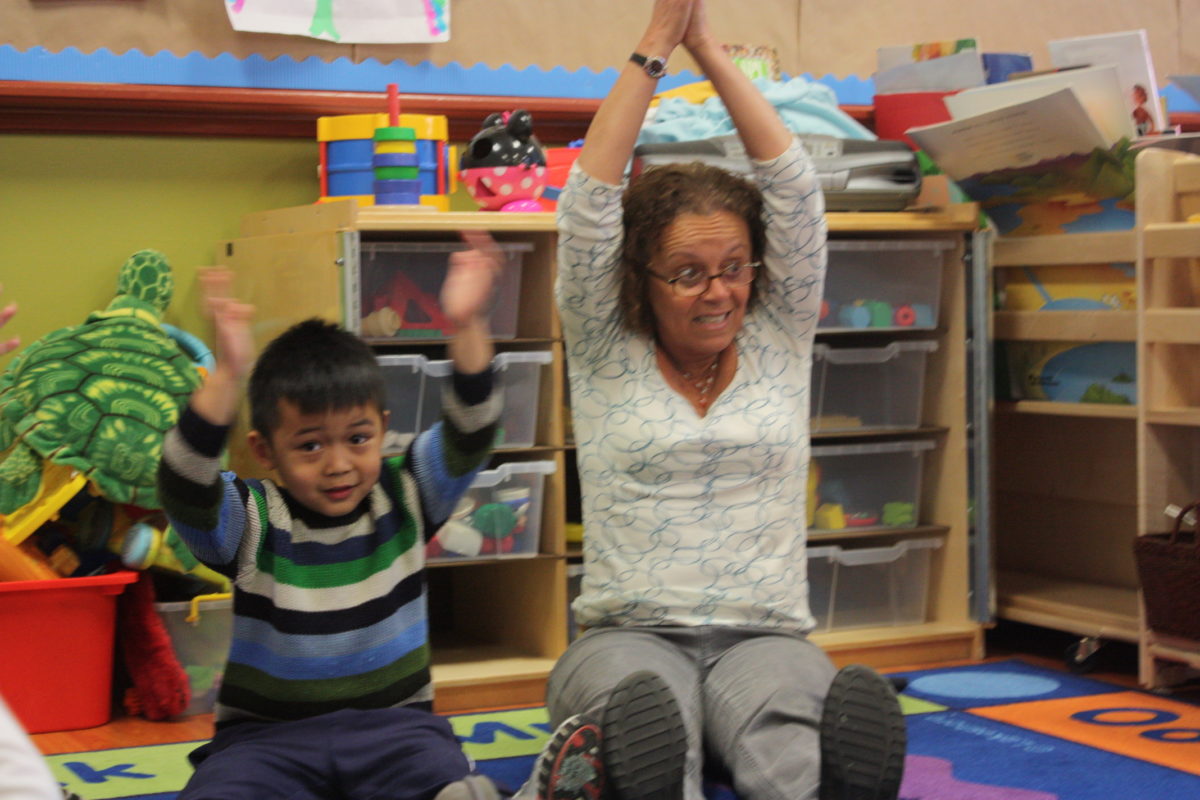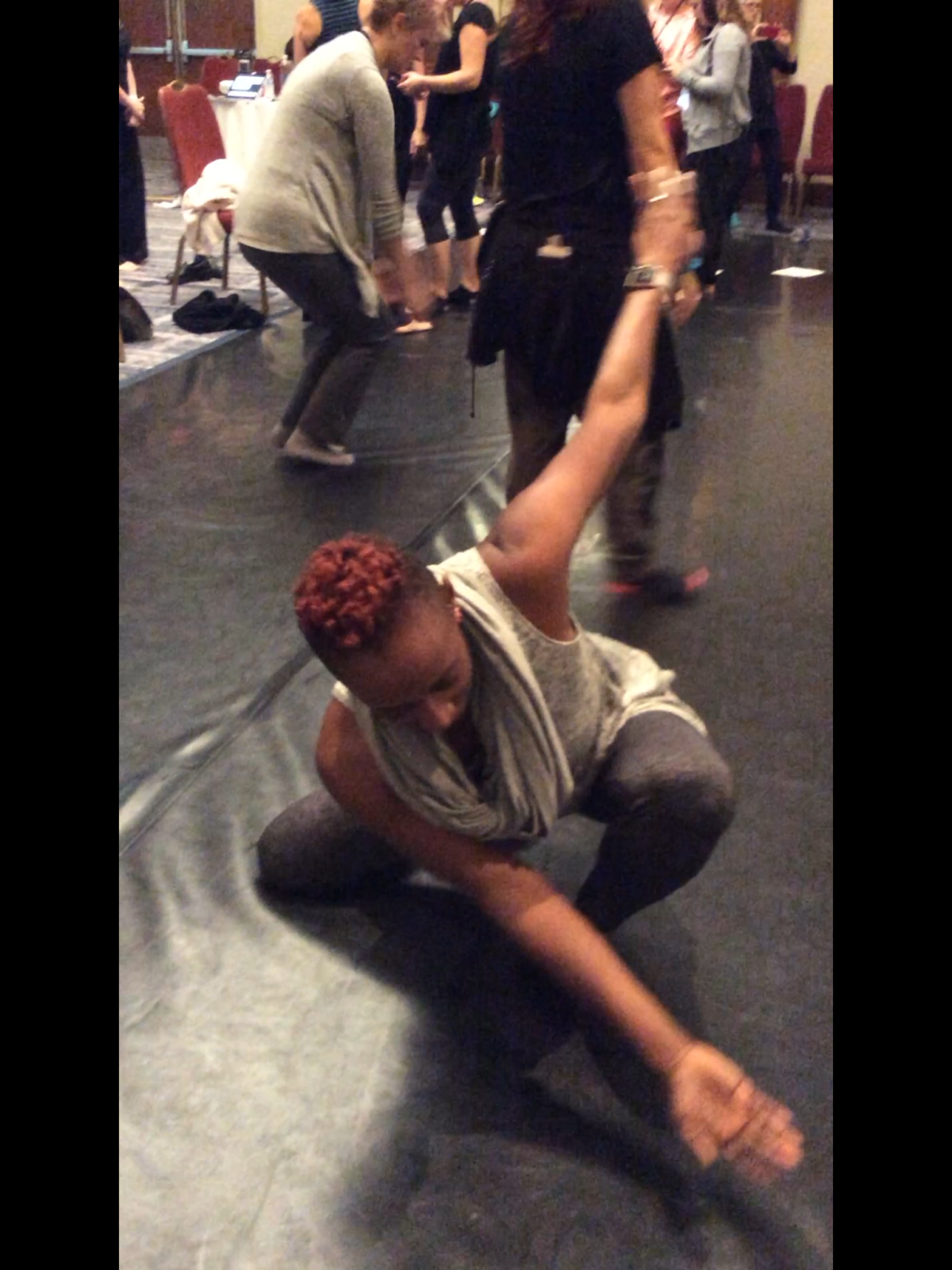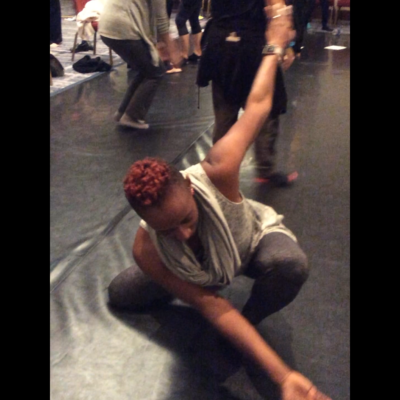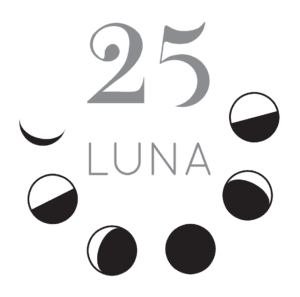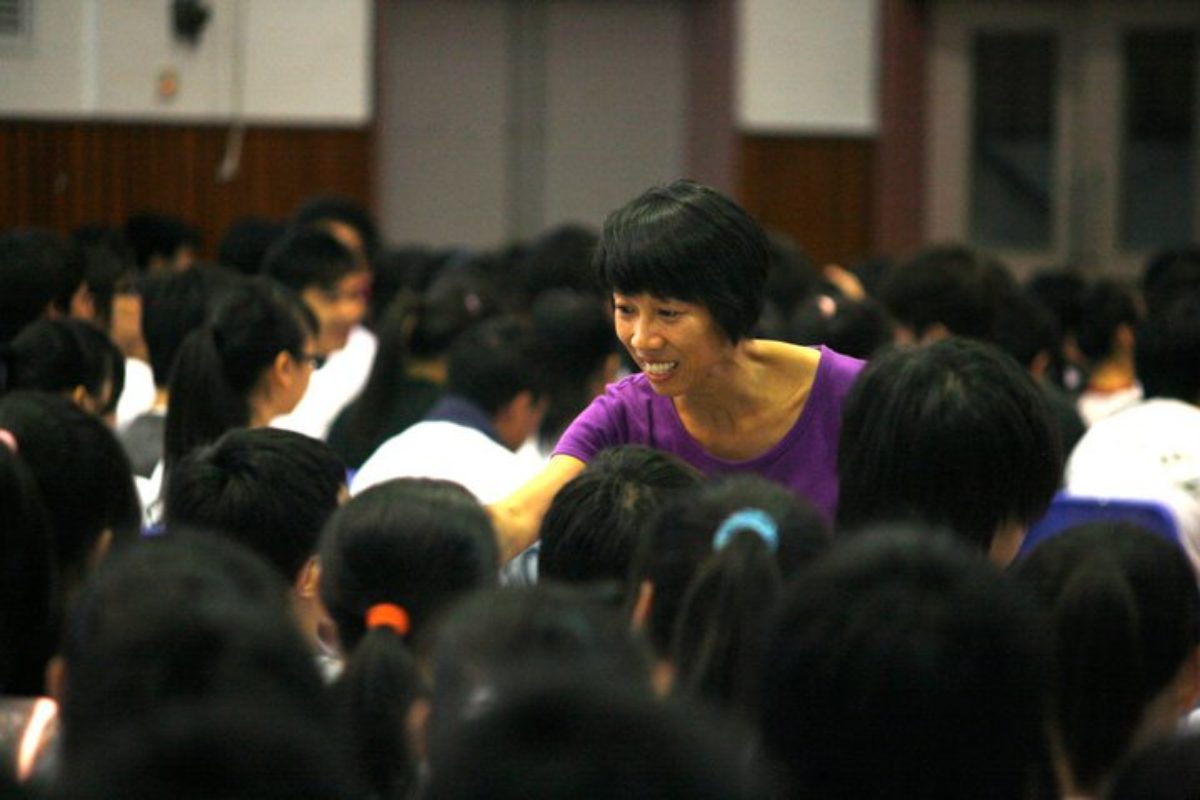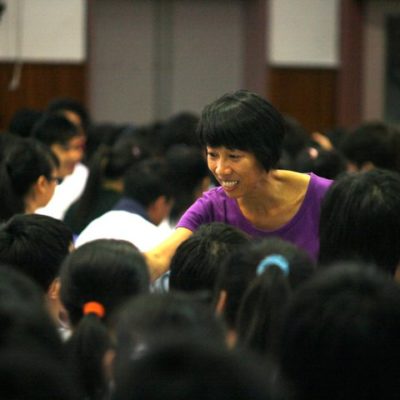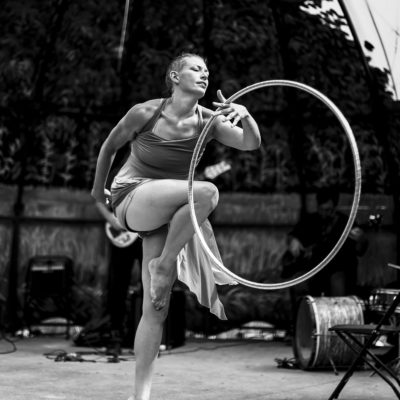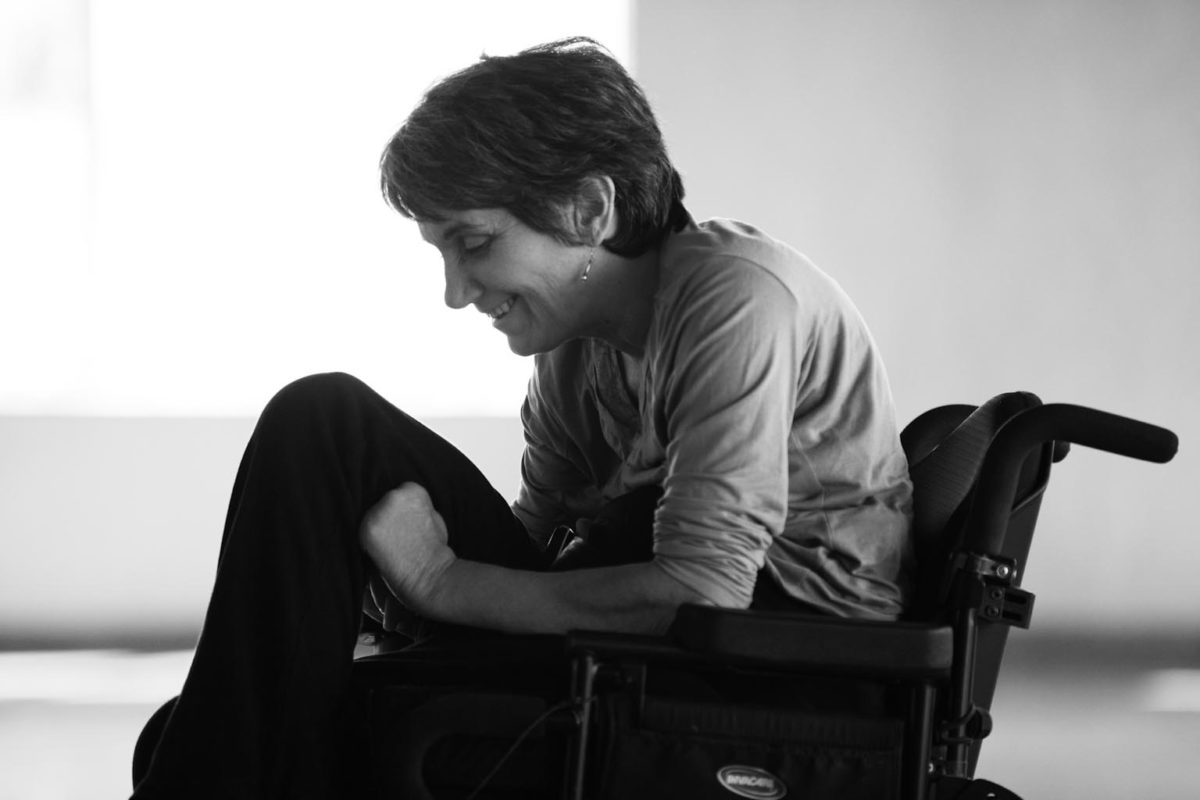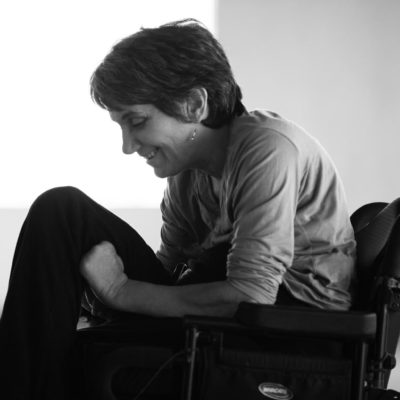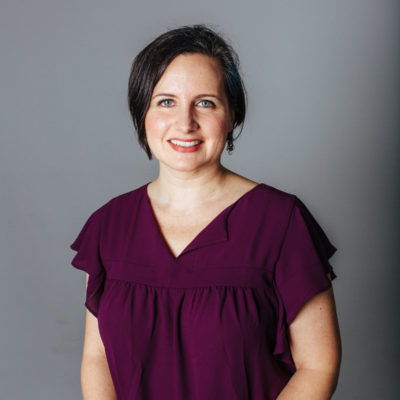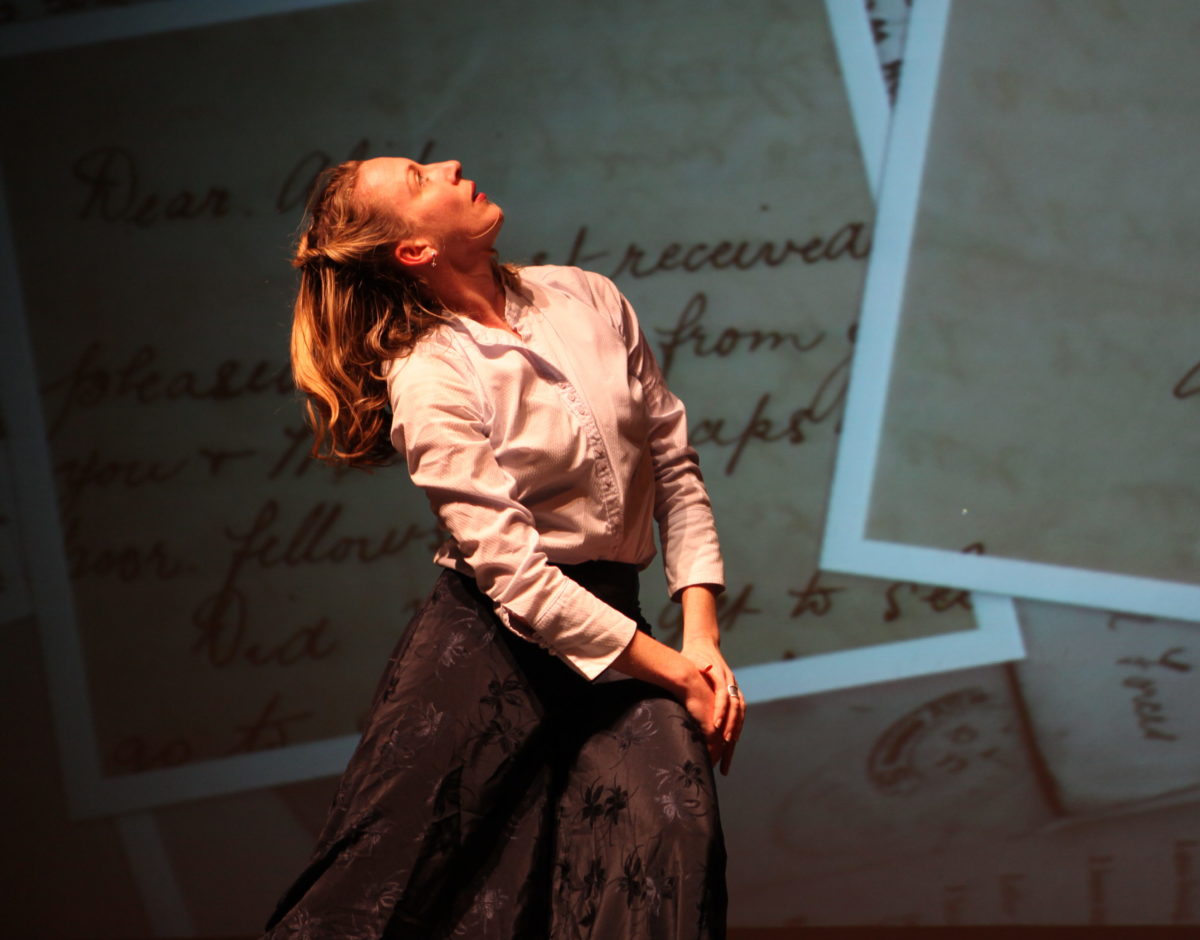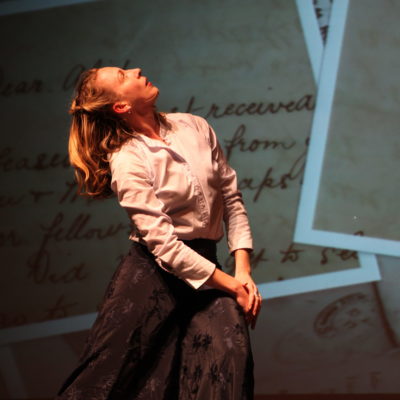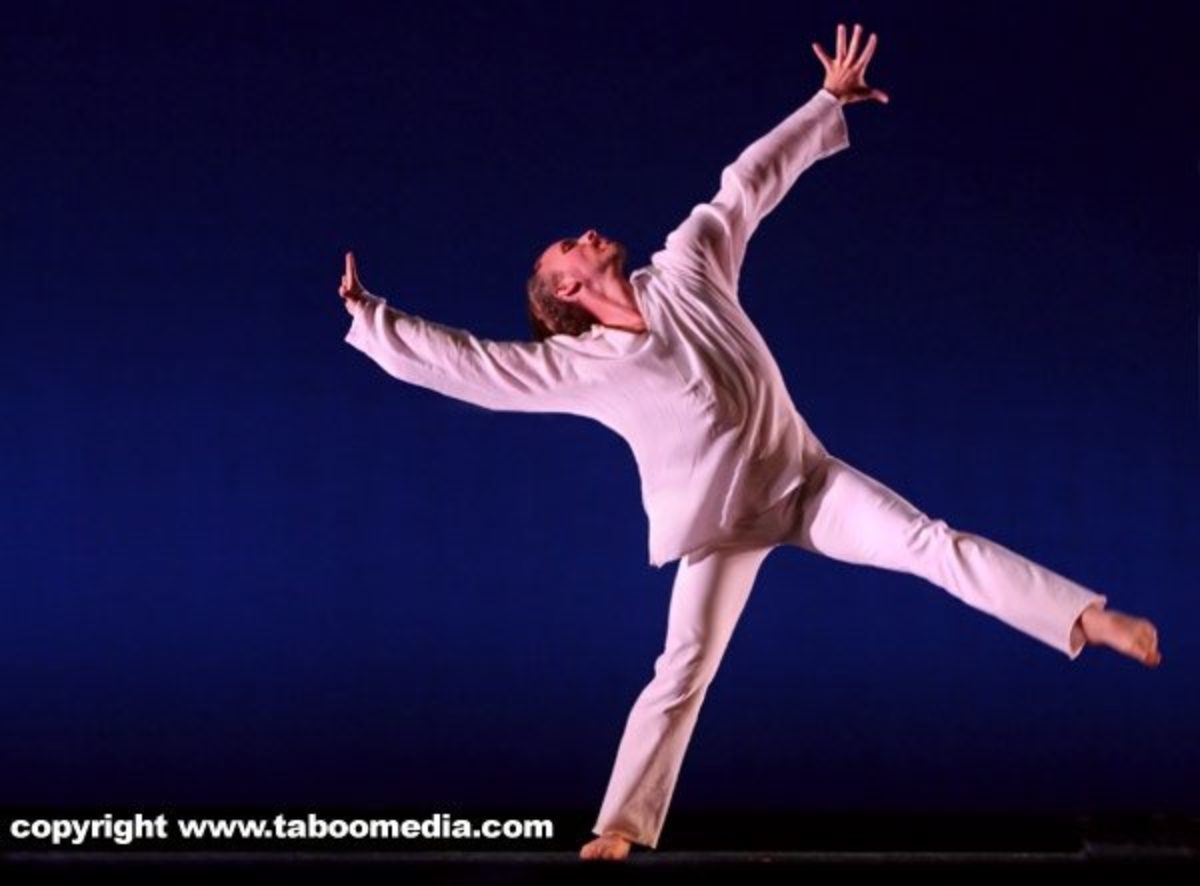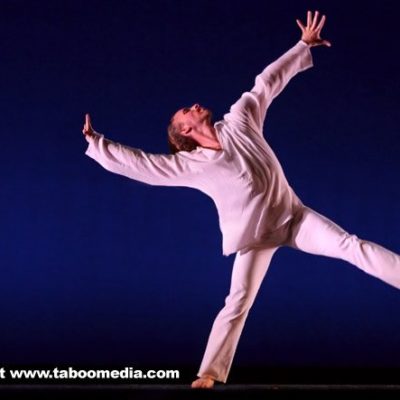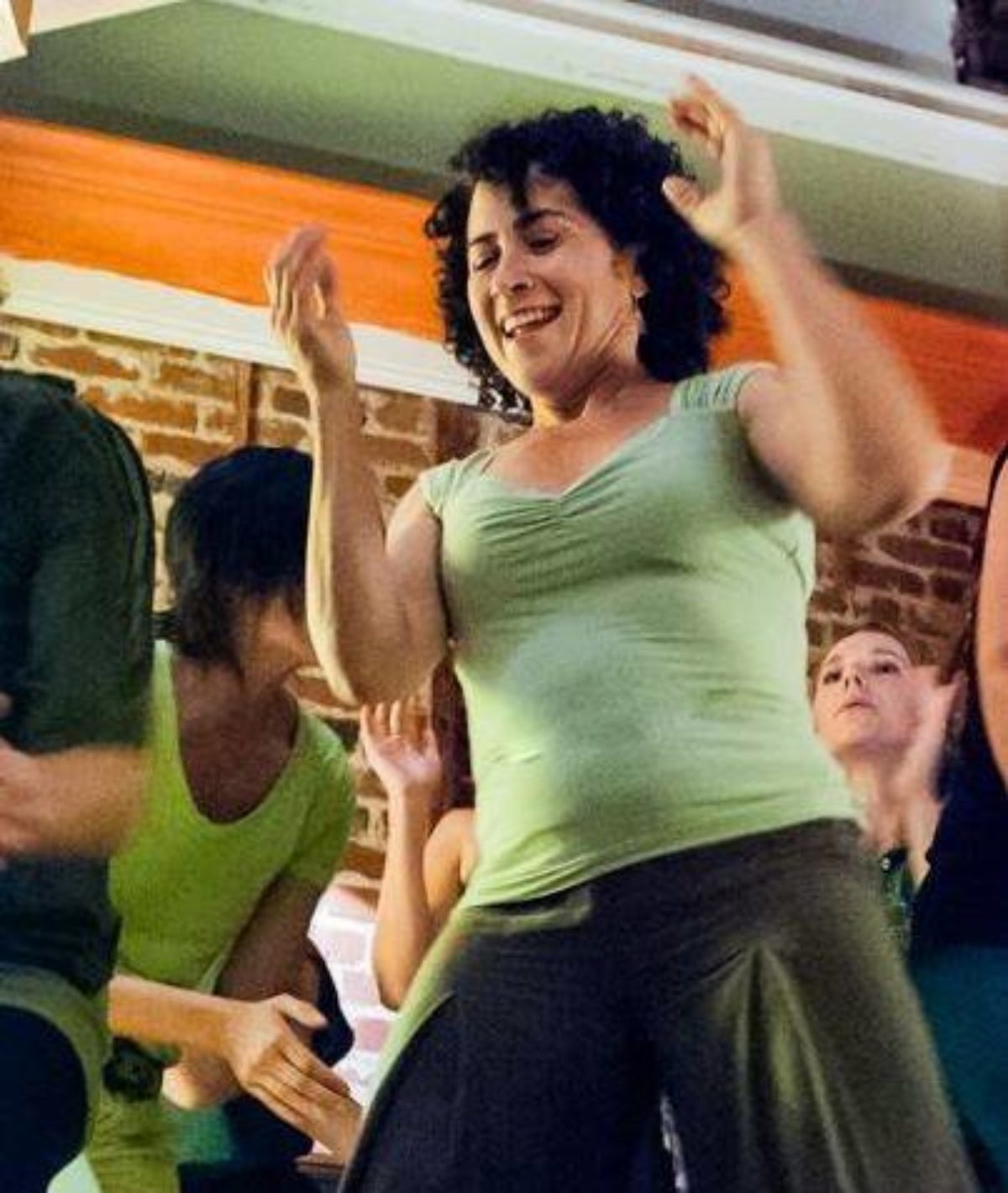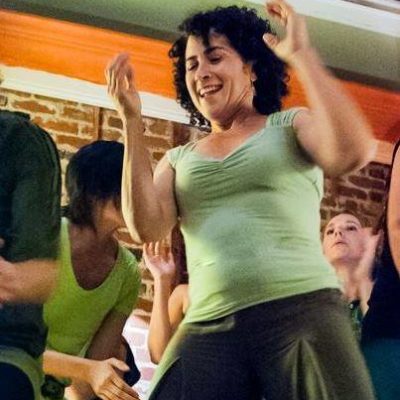Rossana Alves

Rossana Alves is known for her warm smile and generous welcome, ideal qualities for a teacher of young children. A dancer, performer and movement educator, Rossana has been part of the Luna community since 2006, as an active Professional Learning participant, Summer Institute alum, and intern with MPACT: Moving Parents and Children Together. It is through her work with MPACT, as well as her life-long practice of Contact Improv, that Rossana experienced the relationship-strengthening capacity of dance and movement play. Her certification in Somatic Movement and Infant Developmental Movement with Bonnie Bainbridge Cohen at the School for Body-Mind Centering® reaffirmed her sense of the importance of movement for young children, and she loves communicating the value of creativity, play, relationships, and dance with parents.
Now, as a teacher at Lotus Bloom’s Room to Bloom, a Family Resource Center in Oakland, Rossana interacts daily with children ages 0-5 and their parents. She watches kids explore in developmentally-appropriate ways and observes that parents struggle with the very natural phases of pushing, not sharing, and temper tantrums. By weaving dance into her playgroup facilitation she has noticed that she’s able to support parents in discovering new ways to navigate challenging moments through movement play, observation and reflection. She enjoys cultivating “moments of expression” when children, who may not yet be able to communicate with words, can “express all they feel”. Desiring to offer dance more regularly, Rossana has launched a monthly family dance class at Room to Bloom – Families Moving Together.
A native of Brazil, Rossana finds herself occasionally moving back and forth between the Bay Area and her home state of Bahia, but dancing and teaching dance remains a constant. A familiar face at Contact Improv jams in both countries, she is a beloved teacher of creative and family dance binationally. Watch the excitement of her classes here.
